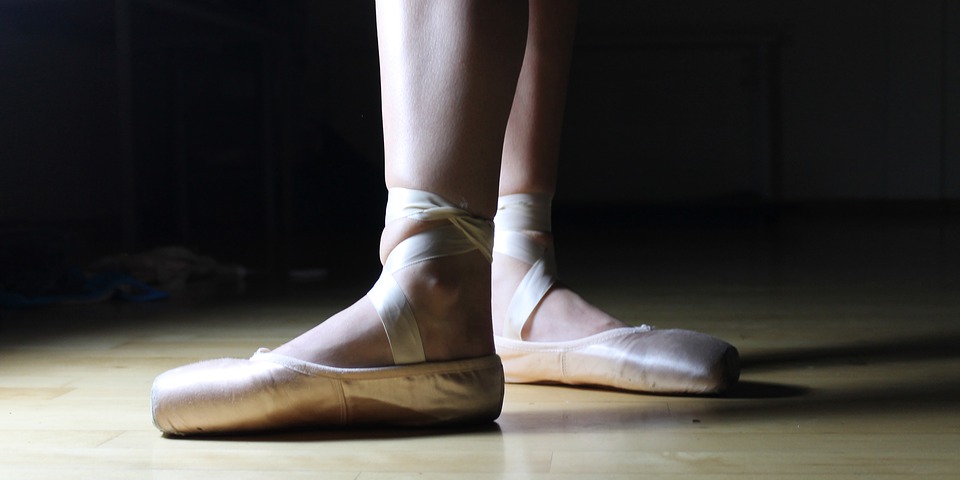
Life&Style Editor Imogen Lancaster praises the long-overdue release of ballet shoes in multiple shades of nude to accommodate dancers of all skin colours
Diversifying the concept of nudity in the realms of fashion and beauty is nothing new. In fact, certain beauty brands are finally expanding their shades of makeup products, and some designers of nude lingerie have started producing their garments in various colours beyond the bog-standard beige. And in terms of high-end fashion, Christian Louboutin even released a nude heel collection in 2017 to accommodate an array of skin colours. However, it wasn’t long ago that what was traditionally considered ‘nude’ was limited to the likes of creams, pinks and beiges, despite being so blatantly inconsiderate to a large portion of the population. Thankfully, this discriminatingly narrow spectrum is slowly but surely becoming a thing of the past. Although to some it may only be a mere ballet shoe, what this represents is far bigger, and far more meaningful than just that
In fact, representing people of colour has now been explored by another avenue: dance. Like many things, ‘nude’ ballet shoes have only been produced in various shades of white to suit Caucasian dancers, and Caucasian dancers only. And whilst this luxury is likely something many white dancers take for granted, black and Asian dancers have had no other choice but to buy pointe shoes that simply don’t match their skin tone – until now.
Indeed, Fashion brand ‘Freed of London’ has begun selling pointe shoes in shades of bronze and brown to accommodate all dancers. This promising development is a result of the brand’s collaboration with dance company ‘Ballet Black’, a professional ballet company which aims to diversify the art by celebrating black and Asian dancers. And this little win for minority communities should not be taken lightly.
Although to some it may only be a mere ballet shoe, what this represents is far bigger, and far more meaningful than just that. What some may not realise is that only manufacturing ballet shoes to accommodate white dancers goes hand in hand with the assumption of ballet being exclusive to white dancers. With this development, hopefully we can confront this harmful message and stop it in its tracks, whilst encouraging inclusivity and equality of representation and opportunity.
Although this progressive example may be a little too late, and may not exemplify full representation in every spectrum of culture and society, it sure is a step forward in the right direction.

Comments